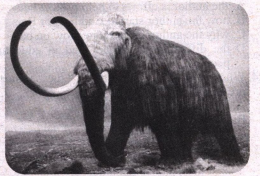��Ŀ����
��һ��:���ĸĴ�(��10С��;ÿС��1�֣�����10��)
�ٶ�Ӣ�������ʦҪ��ͬ��֮�佻�������ģ���������ͬ��д���������ġ����й���10�����Դ���ÿ���������������ÿ��������漰һ�����ʵ����ӡ�ɾ�����ġ�
����:��ȱ�ʴ���һ��©�ַ���(��) ������������д���üӵĴʡ�
ɾ��:�Ѷ���Ĵ���б��(\) ������
��:�ڴ��Ĵ��»������ߣ����ڸô�����д���ĺ�Ĵʡ�
ע�⣺1. ÿ���������ľ�����һ�ʣ�
2. ֻ������10��������(�ӵ�11����) ���Ʒ֡�
Dear Tom,
Thank you for your letter ask about courses on British life. I'm pleased to tell you that our school will be offering such course in our Summer School Programme.
The course will be teaching by William,which is the foreign teacher of our school. His classes have been high praised by the students.
The course is suitable for anyone interesting in British culture. It will cover a wide range of topic such as education, British humour and the British film industiy. Many guest speakers will also to be invited. The course begins on June 1.
We look forward to see you at the beginning of the course. If you needed any further information,please feel free to contact me.
Sincerely yours,
Li Hua
71. ... ask about courses ... ask �� asking
72. ... such course ... courseǰ��a
73. ... will be teaching ... teaching �� taught
74. ... which is the ... which �� who
75. ... high praised ... high �� highly
76. ... anyone interesting in ... interesting �� interested
77. ... a wide range of topic ... topic �� topics
78. ... to be invited. ȥ�� to
79. ... look forward to see ... see �� seeing
80. If you needed ... needed �� need

 ���ʿ��ÿ��ֳɳ�ϵ�д�
���ʿ��ÿ��ֳɳ�ϵ�д�